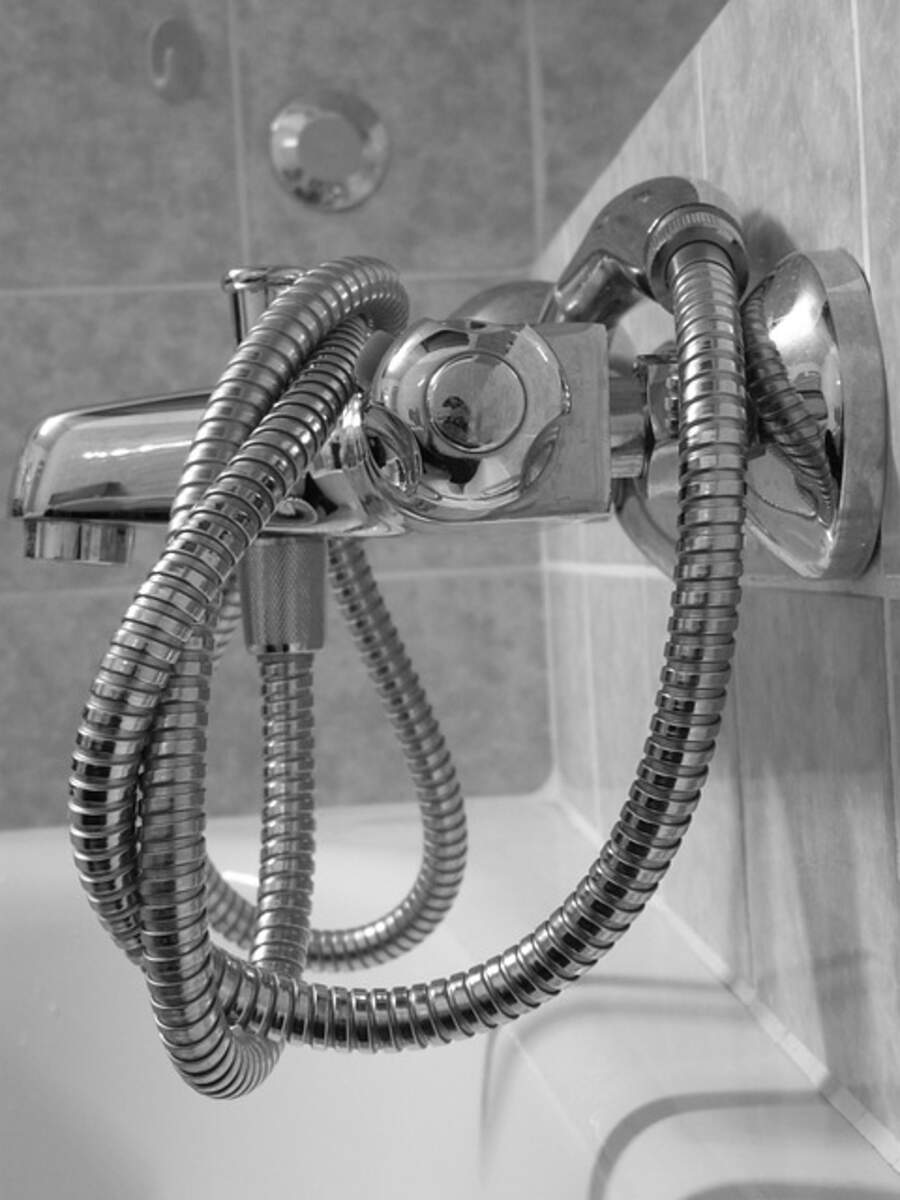New pipework installation requires this step to be taken first, and unless you’ve done it before, you should probably call an expert plumber for help. However, you may be able to build your new shower bath on your own to save money and time and use the current plumbing infrastructure.
The first step is to ensure your flooring can support the bath’s weight after it is full of water. If you are unsure, please seek the advice of an expert.
The first thing to do is get your shower or bath ready. The bath’s supporting framework may need to be installed before you can use it; sometimes, inverting the tub can simplify this process. Fit the framework according to the manufacturer’s instructions, and ensure the legs are correctly aligned; once the bath is in place, the legs can be adjusted to be firmly supported regardless of the unevenness of the bathroom floor.
After installing your bath, installing the taps and waste will be more challenging. A combined waste and overflow device can be easily installed in your bathroom. The taps are secured to the bath’s underside by using a rubber gasket that prevents water from leaking between the fixtures and the tub. A small amount of silicone applied around the overflow and waste will create a watertight seal. Lengths of flexible tubing will link the sinks and toilets to the rest of your plumbing system.
You may now make fine-tuned adjustments to the legs to maintain a balanced bath. Don’t trust your eyesight; use a spirit level to ensure. The tub’s weight, once filled with water (and an occupant! ), can severely damage your bathroom floor, so it’s essential to support its legs with boards. The next step is to caulk the tub’s rim. After ensuring the bath and surrounding wall are free of debris and oil, you can seal the seam by applying a bead of sanitary grade sealant and then running a finger dipped in soapy water over the seal. Doing so will guarantee that the bond is even and without cracks along its perimeter.
After connecting the shower hose to the shower mixer tap, you must install a riser rail on the wall to hold the shower head. Attach the fence at a height that will allow the shower head to be raised and lowered to ensure that the shower area is comfortable for the tallest and shortest members of the household.
It would be best to secure a shower screen flush with the outer edge of the bath to prevent water damage to your bathroom from spraying. Carefully measure to ensure the screen will fit flush with the side of the tub, preventing water from spilling out.
Use caution and the appropriate tools for your wall material when drilling and fixing holes for your riser rail and shower screen. Digging into a tiled wall requires extra caution due to the fragility of the tiles; instead of applying heavy pressure, a hard drill bit should be used.
Finally, remember that these are only recommendations in general; for the best results, you should always consult the manufacturer’s instructions for your bathtub, shower mixer, and bath shower panel.
Writer Helen Davies works for Better Bathrooms, a company that sells fixtures and fittings for bathrooms of all sizes, from sinks and vanities to showers and tubs.
Read also: https://mycheapseo.com/category/technology/

